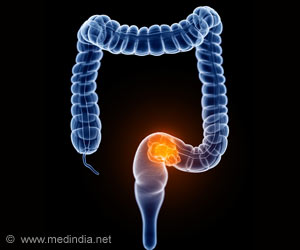Haemanthamine found in daffodils belongs to a large family of therapeutic molecules of natural origin and is found to inhibit cancer by blocking certain proteins required for cancer cells.
Highlights
- A natural alkaloid extracted from Daffodils has anti-cancer effects.
- Haemanthamine in daffodils has been studied as a novel anticancer agent due to its ability to overcome cancer cell resistance to apoptosis.
- Haemanthamine, binds to the ribosome which synthesizes proteins. Cancer cells are sensitive to treatments that inhibit the production and the function of ribosomes.
In this new study, the research team have shown that haemanthamine blocks the production of protein by ribosomes, thus slowing growth of cancer cells. Haemanthamine also inhibits the production of these nanomachines in the nucleolus (the "ribosome factory"): this nucleolar stress triggers the activation of an anti-tumoral surveillance pathway leading to the stabilization of the protein p53 and to the elimination of cancer cells.
This study provides for the first time a molecular explanation to the anti-tumoral activity of Daffodils used for centuries in folk medicine. Haemanthamine belongs to a large family of therapeutic molecules of natural origin: numerous other alkaloids, used in human health, are extracted from plants, such as morphine (potent pain killer), quinine (anti-malarial agent), and ephedrine (anti-asthmatic).
In a near future, the team of Denis Lafontaine, in collaboration with Veronique Mathieu (Faculty of Pharmacy- ULB), will test the effect on ribosome biogenesis and function of four Amaryllidaceae alkaloids, representative of the chemical diversity of these molecules. Their goal will be to identify rapidly the most promising chemical backbone to be further developed as a lead compound in cancer therapeutics.
Reference
- Simone Pellegrino, Mélanie Meyer, Christiane Zorbas, Soumaya A. Bouchta, Kritika Saraf, Stephen C. Pelly, Gulnara Yusupova, Antonio Evidente, Véronique Mathieu, Alexander Kornienko, Denis L.J. Lafontaine. ’The Amaryllidaceae Alkaloid Haemanthamine Binds the Eukaryotic Ribosome to Repress Cancer Cell Growth.’ Structure (2018). http://dx.doi.org/10.1016/j.str.2018.01.009.










